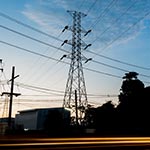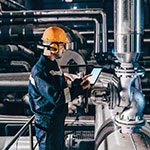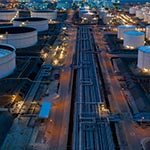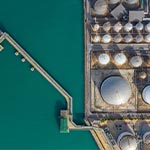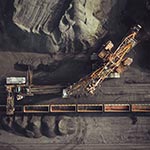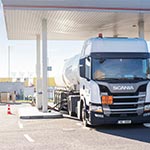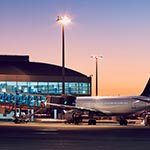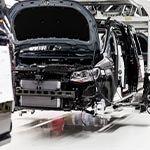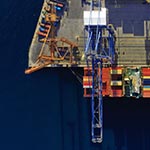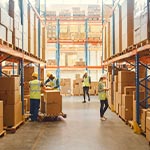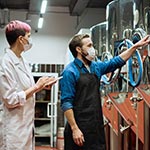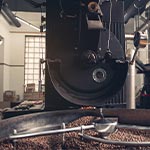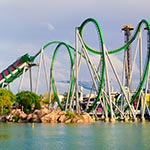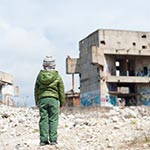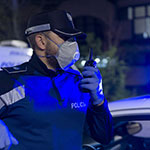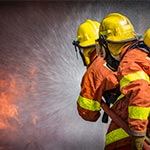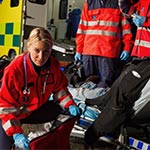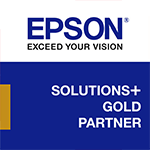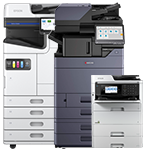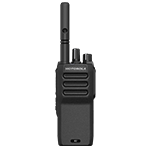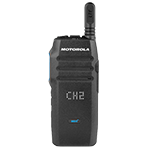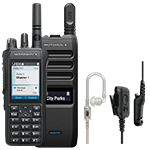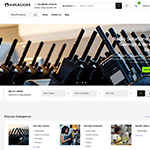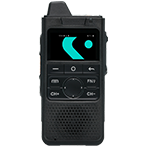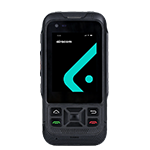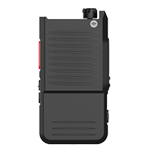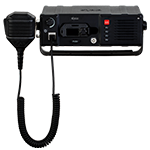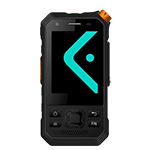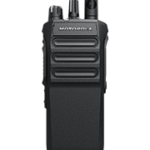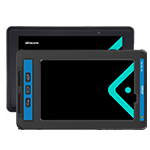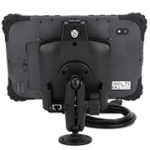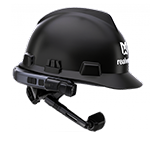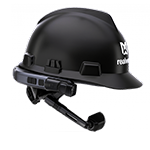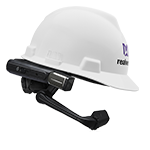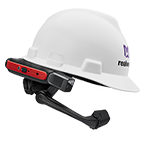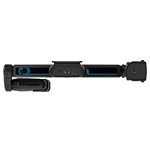CSA Certified
North American CSA hazardous area classification
The CSA Group are leading the way in standards development, testing, and certification for hazardous areas in North America and beyond.
The CSA mark indicates a product has undergone rigorous testing against North American standards requirements in 57 areas. These standards include those set by prominent organizations such as the American Standards Institute (ANSI), Underwriters Laboratories (UL), CSA Group (CSA), NSF International, and others. By certifying equipment with the CSA Group, your organization can have peace of mind knowing that it meets stringent intrinsically safe compliance standards, ensuring increased operational safety.
North American hazardous area class meaning?
In North America, hazardous locations are typically defined by a combination of classes and divisions or zones. This classification system determines which products or intrinsically safe smartphones and tablets are appropriate to use within a specific hazardous environment.
The class designation in this system refers to the type of hazardous substance that may be present in the environment. There are three classes:
Class I, is a location that has been made hazardous by the presence of flammable gasses or vapours which may be present in the atmosphere in quantities sufficient to produce an explosive or ignitable mixture.
Petroleum Refineries
Gasoline Storage and Dispensing Areas
Spray Finishing Areas
Dry Cleaning Plants (where cleaning fluid vapours are present)
Class II, is a location that has been made hazardous by the presence of combustible or electrically conductive dust.
Grain Elevators, Flour and Feed Mills
Manufacturing Plants Storing (aluminium or magnesium powders)
Producers of Plastics, Medicines and Fireworks
Spice Grinding Plants, Sugar Plants and Coca Plants
Coal Preparation Plants or Carbon Handling or Processing Areas
Class III, is a location that has been made hazardous by the presence of easily ignitable fibres or flyings in the air but is not likely to be in suspension in quantities sufficient to produce ignitable mixtures.
Textile Mills, Cotton Grins
Cotton Seed Mills, Processing Plants
Producers of Plastics, Medicines and Fireworks
Spice Grinding Plants, Sugar Plants and Coca Plants
Plants that shape, pulverize or cut wood and create sawdust or flyings
What does the North American hazardous area divisions mean?
Division 1, is a location where a classified hazard exists or is likely to exist under normal conditions.
Division 2, is a location where a classified hazard does not usually exist but can be possible under abnormal conditions.
What is the North American transition to zones?
Both the United States and Canada have recently revised the installation codes to recognise an international 2 Zone area classification system for equipment used in hazardous locations. The 3 Zone system is directly aligned with the current European system for classification. Products certified for use in this 3 Zone system need to be compliant with the same standards as IECEx and ATEX certification (IEC/EN 60079) with some US and Canadian national deviations.
Zone 0, is an area in which an explosive gas atmosphere is continuously present for long periods.
Zone 1, is an area where an explosive atmosphere is likely to occur under normal operation.
Zone 2, is an area where an explosive gas atmosphere normally occurs under normal operating conditions.
Updated 31st October 2022 – In the United States and Canada. All installations (both new and existing) can either continue using the two-division system or re-classify using the 3 Zone system.
Understanding hazardous areas
North American CSA zones and divisions defined
A hazardous area is any location where there is an accumulation of explosive gases, vapours, mists, or dusts in the atmosphere. These atmospheres can become combustible under certain conditions, leading to fires or explosions that may cause injury, loss of life, or catastrophic operational damage to a site or facility.
Classes
Gas groups are divided into subgroups based on the minimum ignition current and maximum experimental safety gap.
Zone 0
A location made hazardous by the presence of flammable gases or vapours that may be present in the air in quantities sufficient to produce an explosive or ignitable mixture
Zone 1
A location made hazardous by the presence of combustible or electrically conductive dust
Zone 2
A location made hazardous by the presence of easily ignitable fibers or flyings in the air, but not likely to be in suspension in quantities sufficient to produce ignitable mixtures
CSA 2 Division System
Standard North American 2 division system for hazardous area installation classification.
Division 1
A location where a classified hazard exists or is likely to exist under normal conditions
Division 2
A location where a classified hazard does not usually exist but is possible to appear under abnormal conditions
CSA 3 Zone System
Installations new and existing can re classified under the 3 Zone system.
Zone 0
An area in which an explosive mixture is continuously present or present for long periods.
Zone 1
An area in which an explosive mixture is likely to occur in normal operation
Zone 2
An area in which an explosive mixture is not likely to occur in normal operation and if it occurs it will exist only for a short time.
What determines hazardous location conditions in North America?
The National Electrical Code specifies hazardous material may exist in several different kinds of conditions, which can be described as normal conditions and abnormal conditions.
In normal conditions, the hazard would be expected to be present in everyday production operations or during frequent repair and maintenance activities. When the hazardous material is expected to be confined within the closed containers or closed systems and will be present only through accidental rupture, breakage, or unusual faulty operation, the situation is determined as abnormal.
Industries using CSA certified intrinsically safe equipment?
In addition to the list below, many other industries may also require the use of CSA certified equipment depending on the specific hazardous environment, locations and applications within a facility or site.
Oil Refineries, Rigs, and Processing Plants
Chemical Plants and Chemical Processing
Renewable Energy Sources (Hydrogen, Ammonia)
Marine Ships, Vessels using low flashpoint fuels
Printing, Paper, and Textiles Industries
Aircraft Refueling, Hangers, and Ground Handling Teams
Hospital Operating Theatres
Surface Coating Industries
Sewerage Treatment Plants
Gas Pipelines and Distribution Centres
Grain Handling, Processing, and Storage Centres
Sugar Refineries
Metal Surface Grinding (aluminium dust and particles)
Global Certifications
Global certification schemes for electronic equipment designed for use across hazardous areas
Mobile devices and communications equipment are reliably tested and certified for safe operation across major industries around the world. Each industry requires focused expertise to ensure product certification that adheres to strict national and international standards.
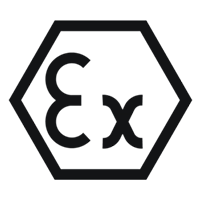
ATEX Certified.
The European standard for the safe use of equipment where there is potential for an explosive atmosphere present.

IECEx Certified.
The internationally accepted standard by organisations for the safe use of equipment within hazardous areas.

EAC Ex Certified.
Is the Eurasian Conformity certification for organisations operating within the EAEU, including Russia.

InMetro Certified.
Accreditation body of Brazil. Equipment must conform to INMETRO standards for use in hazardous areas.
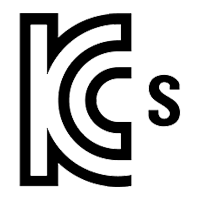
KCs Certified.
The Korean Occupational Safety and Health Agency. KOSHA. Required for all hazardous area safety equipment.

JNIOSH Certified.
The Japanese standard and certification from the National Institute of Occupational Safety and Health.

SANS Certified.
SANS is the South African National Accreditation System which governs the use of hazardous area devices.

